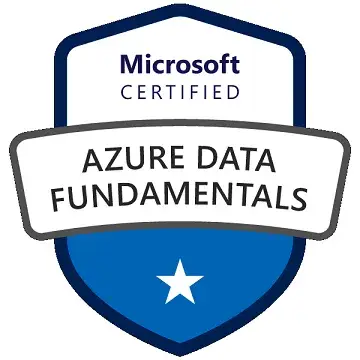Mathematics Class 5
-
- 5 rating
- (2 Reviews)
- 0 students enrolled
Mathematics Class 5
Certainly! In a mathematics class for fifth-grade students, the focus is on building a strong foundation in various mathematical concepts Overall, the fifth-grade math curriculum is designed to prepare students for more advanced mathematical concepts in later grades while ensuring they have a solid understanding of fundamental math skills.
-
- 5 rating
- (2 Reviews)
- 0 students enrolled
What learn
- Comprehensive Subject Knowledge
- Visual and Interactive
- Education Adaptive Learning Methodology
- 24/7 Availability
- Global Reach and Diverse Resources
Course Content
Requirements
- Smart Phone or Laptop with internet connection
Description
Fractions: Fractions represent parts of a whole. Students learn to understand, compare, add, subtract, multiply, and divide fractions.
Money: Money math involves counting, adding, and subtracting money values. It helps students develop practical financial skills.
Data Handling: Data handling involves collecting, organizing, and interpreting data through graphs, charts, and tables.
Geometrical Shapes: Students learn about various 2D and 3D shapes, their properties, and how to calculate their area and perimeter.
Measurement: Measurement involves understanding units of measurement (e.g., inches, feet, meters) and measuring length, weight, capacity, and time.
Area and Perimeter: This topic covers how to calculate the area (surface space) and perimeter (outer boundary) of shapes like rectangles, squares, and triangles.
Decimals: Decimals are a way to express parts of a whole. Students learn about decimal place value, addition, subtraction, multiplication, and division with decimals.
Fractional Numbers: Fractional numbers are numbers that are expressed as a fraction (e.g., 1/2). Students continue to work with fractions and learn more advanced concepts.
Measurement of Volume: Volume involves measuring the amount of space inside 3D objects like cubes and rectangular prisms.
Large Numbers: Large numbers refer to numbers with many digits. Students learn to read, write, and perform operations (addition, subtraction, multiplication, division) with large numbers.
Operations on Decimal Numbers: This includes performing arithmetic operations (addition, subtraction, multiplication, division) with numbers that have decimal points.
Operations on Large Numbers: Extends the concept of arithmetic operations to larger numbers with multiple digits.
Multiples and Factors: Students learn about multiples (numbers that can be divided evenly by another number) and factors (numbers that divide another number evenly).
Basics of Geometry: This covers foundational geometry concepts such as points, lines, angles, triangles, and polygons.
Time: Students learn to tell time on analog and digital clocks, understand units of time (e.g., seconds, minutes, hours), and solve time-related problems.
Recent Courses
- June, 23rd 2025
- 3
This course plan outlines a comprehensive curriculum for a prompt engineering course, designed to equip learners with the ski..
- 1699.00₹
2000.00₹
- June, 28th 2025
- 12
In an era where technology is seamlessly integrated into our daily lives, understanding the synergy between Embedded Systems..
- 1599.00₹
2000.00₹
- May, 22nd 2024
- 0
Microeconomics is an essential component of economics as a whole, as it helps us understand how individual decisions and inte..
- 799.00₹
999.00₹
About Instructor
Priya kumari mishra Pm71689@gmail.com 9304355903 Belong from daltonganj A student Passion/professional:-To become a teacher .






.png)


